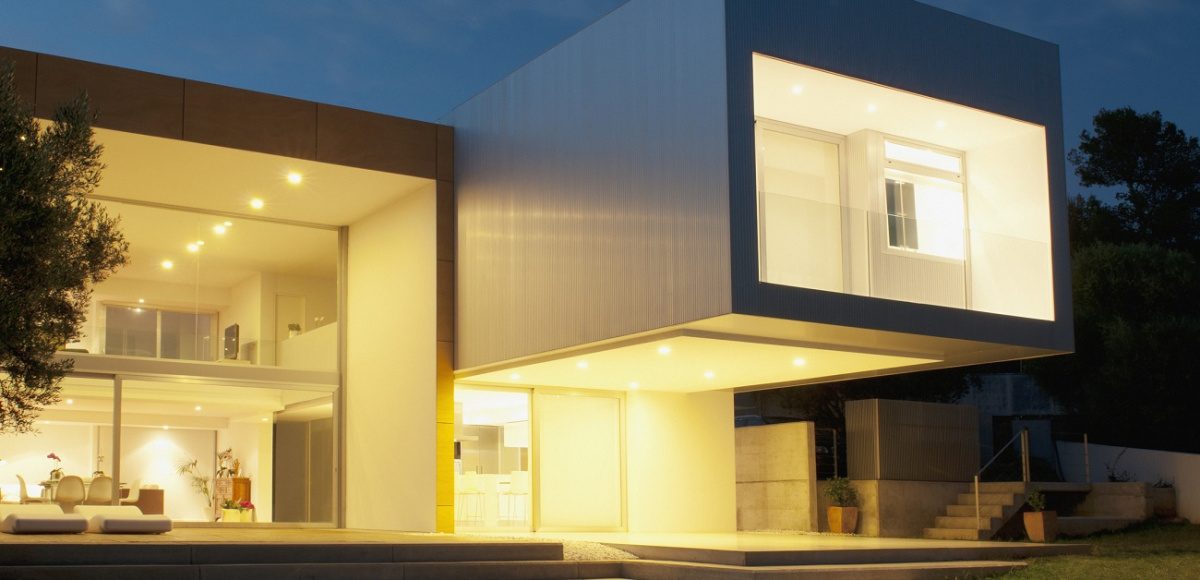Rising wealth growth, driven by a rebounding stock market, cryptocurrency gains, and higher 401(k)s, has proved a boon for the luxury real estate market. A new set of “power players” is redefining the luxury real estate market, according to a new report released by Coldwell Banker Real Estate and its Coldwell Banker Global Luxury program, “Real Estate’s New Power Players.”
The report identifies the segment of consumers who are behind luxury real estate’s surge over the last 18 months.
The growth has been significant: Compared to 2019, the number of luxury homes purchased from January through August 2021 in the $1 million to $5 million range have soared 142% for single-family homes and 129% for attached properties, according to the report.
The number of individuals with a net worth of $5 million and up who own real estate in the $1 million to $5 million range has jumped 180% over a three-year period.
“In 2021, luxury real estate market growth has remained at unparalleled levels,” says Judy Zeder, co-founder and broker-associate of The Jills Zeder Group with Coldwell Banker Realty. “The emergence of new ‘Power Players’ flush with cash has been transformative in many markets around the country as affluent buyers flocked to sleepy rural towns, resort markets, and the suburbs, and are now contributing to the resurgence of major cities. As interest rates remain low, paired with all-time high demand and the return of international buyers, the luxury market will continue to experience low inventory levels that we anticipate will have a lasting effect in the years to come.”
In its report, Coldwell Banker identified luxury’s affluent power players that are dominating the shift in wealth archetypes. Those four groups are having a significant impact on luxury real estate:
Baby boomers: This segment of buyers—aged between 57 to 75—represents 51% of power Players, according to the report. They are speeding up their retirement plans and snatching up real estate as they do. They’ve leveraged the equity of their primary residences and are buying new homes in remote locations, such as rural countrysides or resort towns. More than 2 million baby boomers own more than three properties—the most of any age group. The top markets they are moving to are:
- Scottsdale, Ariz.
- Sarasota, Fla.
- Lowcountry, S.C. (including Hilton Head, Bluffton, and Beaufort)
Golden millennials: Golden Millennials, aged 35-40, comprise 60% of all millennial-owned luxury properties today. “On the whole, millennials tend to be less focused on status and more driven by values, such as sustainability and authenticity, so they have shown a greater propensity for smaller second-tier, exurban and suburban locations which offer ample space for work, school, and access to amenities,” the report notes. The top markets they are moving to are:
- Atlanta
- Chicago and its metro area
- Seattle
Second-home owners: Driven by the pandemic, many consumers are desiring a “getaway” residence. That has led to a rise in second-home purchases. These second homeowners are having a large influence on the overall luxury market. Nearly 70% of those with a net worth of $5 million and up own two or more properties. The top markets they are moving to:
- Monterey, Calif.
- Coeur d’Alene, Idaho
- Park City, Idaho
Urban repatriates: As pandemic restrictions gradually lift, a resurgence of the nation’s cities is taking shape. Luxury attached-property values in 2021 rose an average of 14% compared to 2020 and 2019. Of the 184 U.S. cities reviewed, as of August, nearly 1.65 million properties in downtown hubs are owned by the affluent with a net worth of $5 million and up. The top markets they are moving to are:
- San Francisco
- Boston
- Brooklyn, N.Y.



